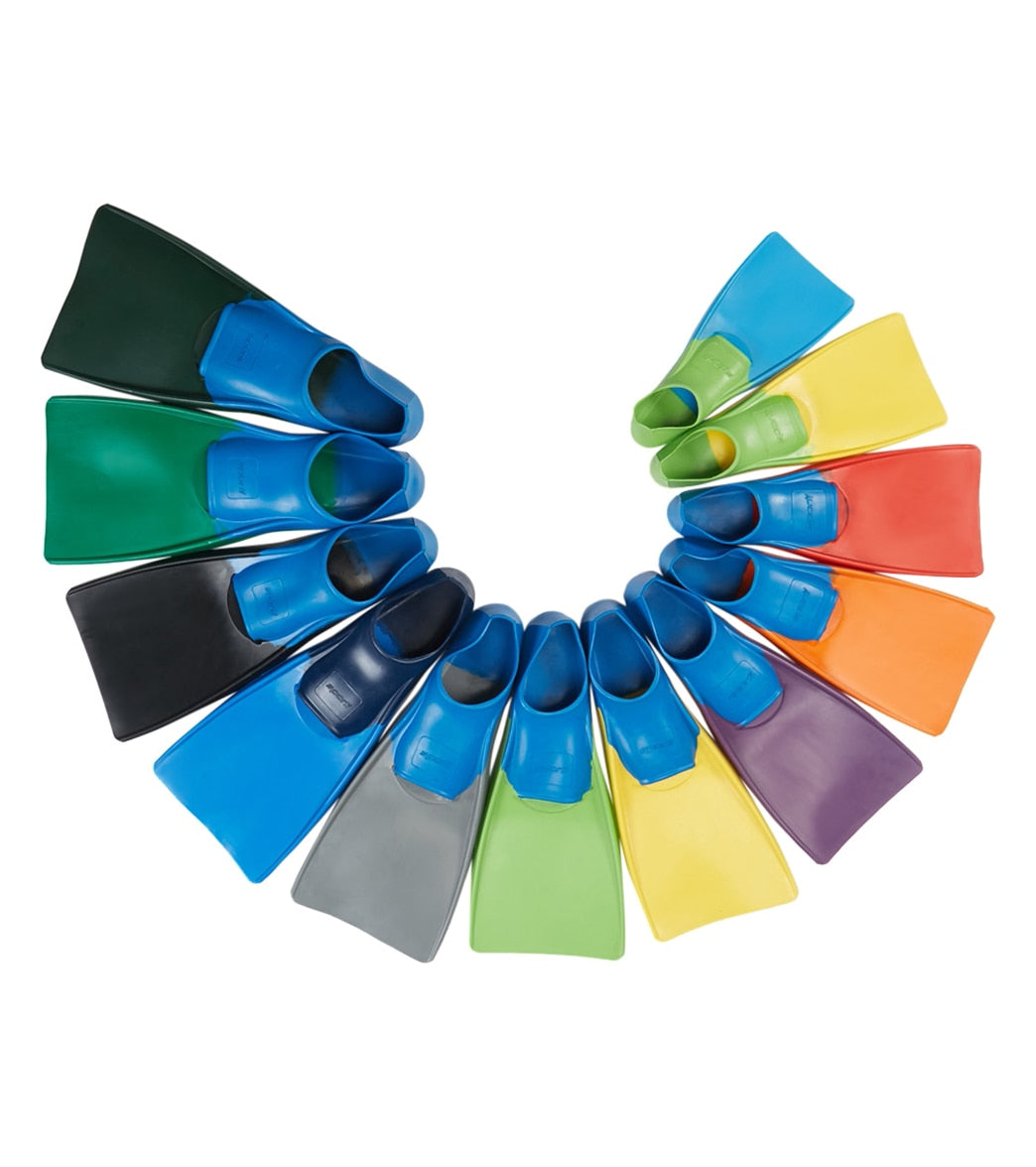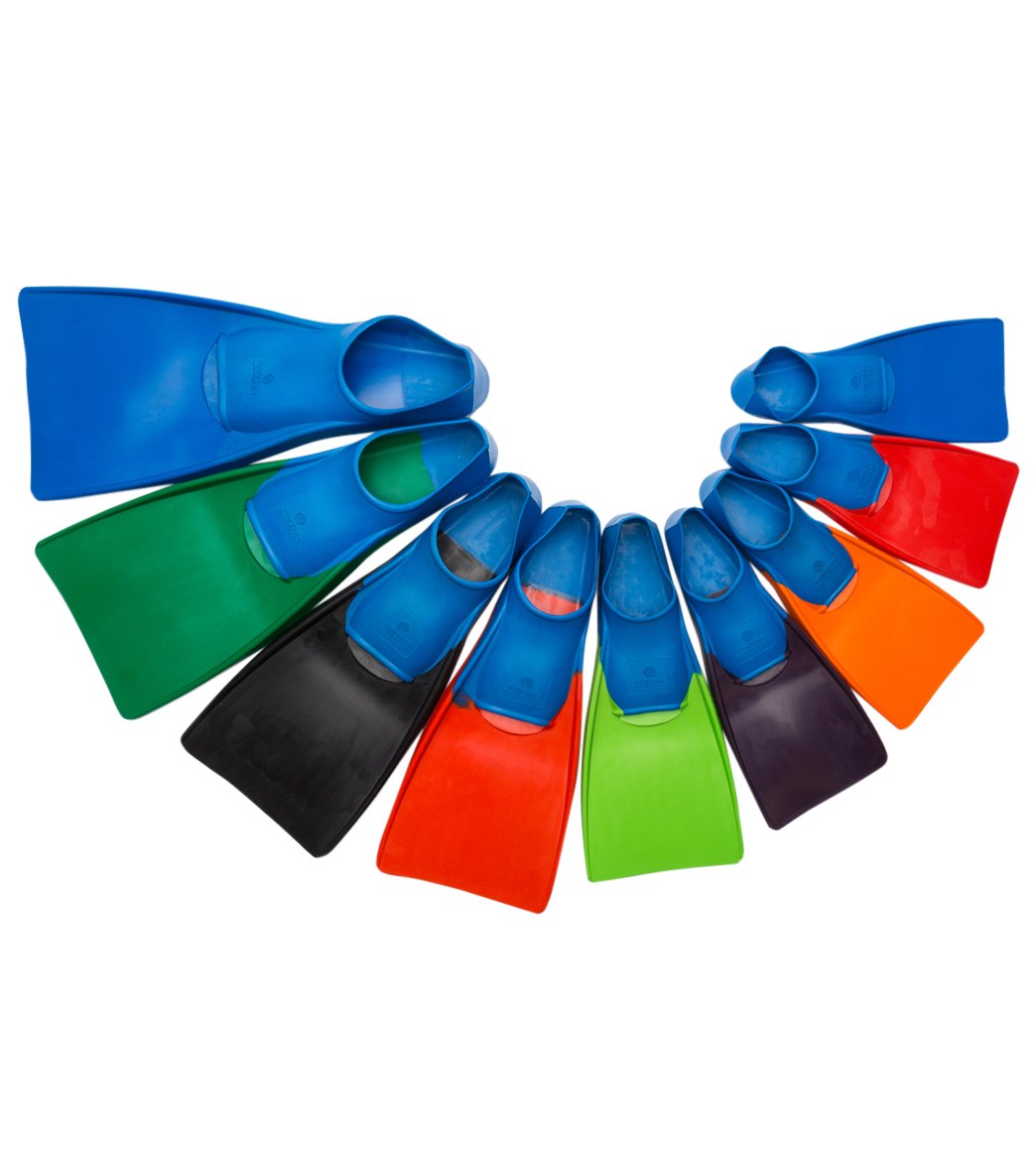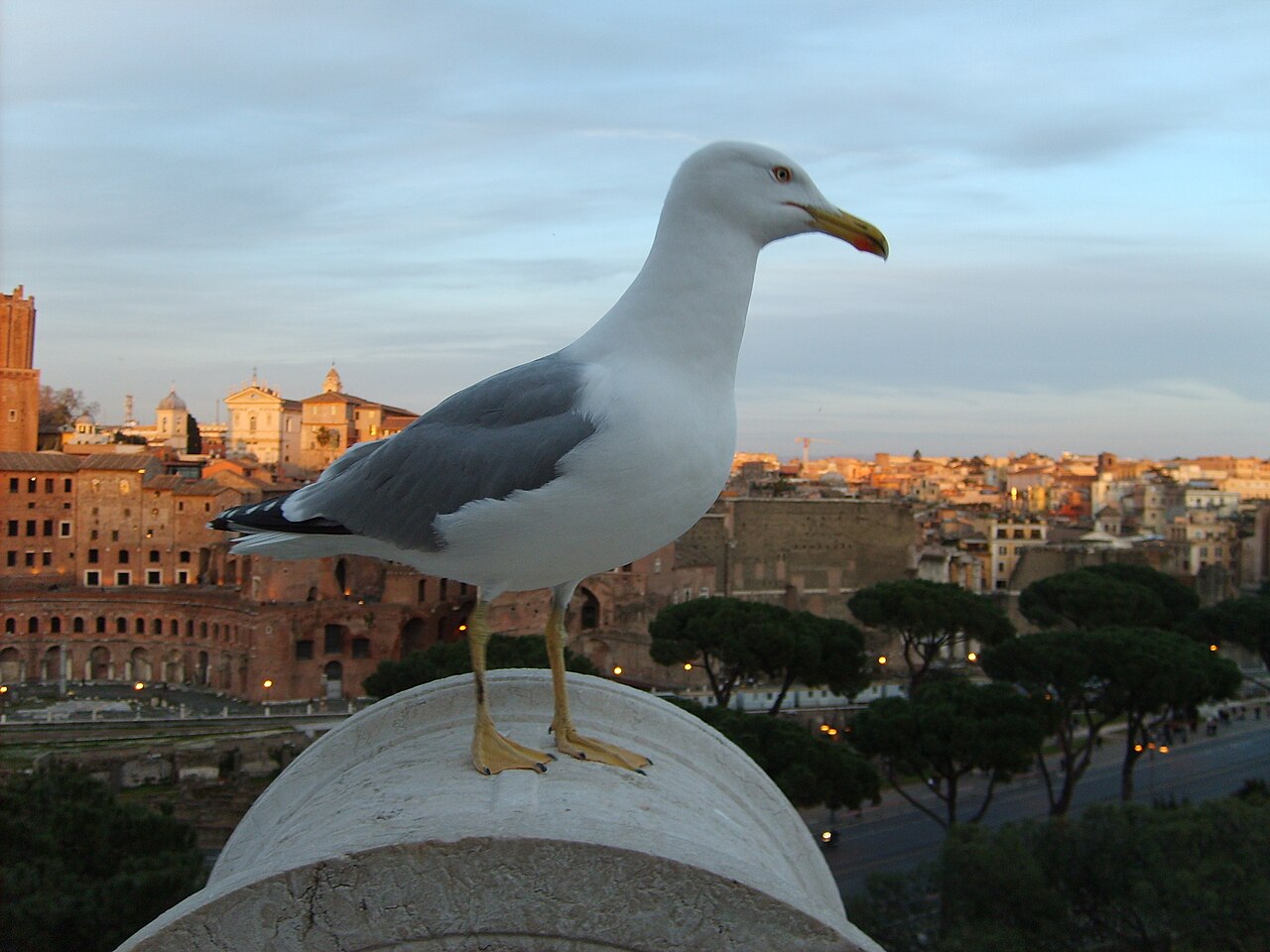David Wilson
Contributor
Third and final snorkel of the day is the Francis Sub Solenio:

 The classic black Francis Solenio snorkel had a semi-contoured barrel with a built-in keeper and an antibacterial and hypoallergenic soft rubber mouthpiece.
The classic black Francis Solenio snorkel had a semi-contoured barrel with a built-in keeper and an antibacterial and hypoallergenic soft rubber mouthpiece.
The name "Solenio" was very likely coined from Ancient Greek σωλήν (sōlḗn, “channel, pipe”). A probably more familar derivative of "sōlḗn" is the English noun "solenoid", literally meaning "pipe-shaped", but actually denoting a coil of wire that acts as a magnet when an electric current flows through it:
 So much for Francis Sub snorkels. Next time, midweek, we shall review a couple of Francis Sub diving masks with built-in snorkels. Until then, keep safe and stay well.
So much for Francis Sub snorkels. Next time, midweek, we shall review a couple of Francis Sub diving masks with built-in snorkels. Until then, keep safe and stay well.
The name "Solenio" was very likely coined from Ancient Greek σωλήν (sōlḗn, “channel, pipe”). A probably more familar derivative of "sōlḗn" is the English noun "solenoid", literally meaning "pipe-shaped", but actually denoting a coil of wire that acts as a magnet when an electric current flows through it:










